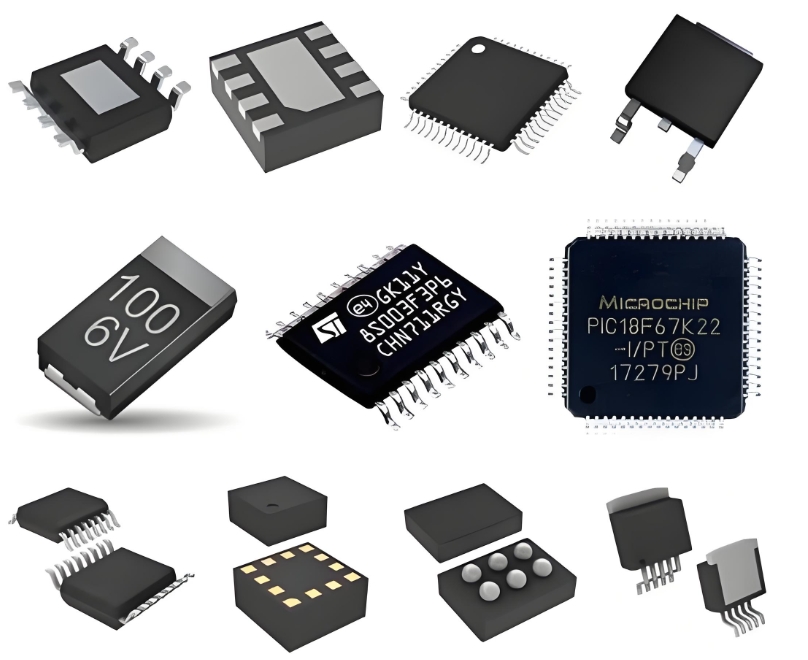In the world of electronics, certain components achieve legendary status, not just for their longevity but for their foundational role in design. The DAC08ESZ from Texas Instruments (originally developed by Precision Monolithics Inc.) is one such component. As a classic 8-bit digital-to-analog converter (DAC), it has been a cornerstone of signal processing for decades, reliably bridging the gap between the digital and analog domains.
At its core, the DAC08 is a multiplying digital-to-analog converter. Its architecture is built upon a simple yet highly effective **current-switching R-2R ladder network**. This design is renowned for its speed and accuracy. Unlike voltage-output DACs, the DAC08 provides complementary current outputs (`I_OUT1` and `I_OUT2`), which offer designers significant flexibility. The full-scale output current is set by an external reference current (`I_REF`), typically established using a precision voltage reference and a single resistor. A key feature of this device is its **inherently fast settling time**, often reaching within ±0.1% of the final value in just 85 nanoseconds. This high-speed performance made it a favorite for CRT display systems, waveform generation, and high-speed control loops.
A major advantage of the DAC08 is its versatility. Because it is a **multiplying DAC**, the reference input is not limited to a fixed DC voltage. It can accept an AC signal, effectively allowing the DAC to function as a digitally controlled attenuator or modulator. This capability enables applications like amplitude modulation, programmable filters, and automatic gain control circuits. The complementary current outputs can be easily converted into voltage outputs using external op-amps, with the scale factor determined by the choice of feedback resistor.

The "ESZ" suffix in DAC08ESZ provides specific details about the chip's package and performance grade. It denotes a commercial-grade device (0°C to +70°C) in a hermetic ceramic side-brazed DIP package. This robust packaging was crucial for military and industrial applications where reliability over a wide temperature range was paramount. While the ceramic DIP is less common in modern surface-mount designs, it was the standard for high-reliability systems for many years.
Despite the advent of newer DACs with higher resolution (12-bit, 16-bit, 24-bit), integrated references, and serial interfaces, the DAC08ESZ remains relevant. Its **straightforward interface and robust design** make it an excellent educational tool for understanding the fundamental principles of D/A conversion. Furthermore, its unparalleled speed for a simple 8-bit DAC ensures it still finds a home in projects requiring very fast signal generation or where its specific multiplying characteristics are advantageous.
**ICGOOODFIND**: The DAC08ESZ stands as a testament to elegant and effective analog design. Its enduring legacy is built on a foundation of **blazing speed, versatile multiplying functionality, and remarkable circuit simplicity**. It is a quintessential component that every engineer should understand, representing a critical piece of the history that shaped modern data conversion.
**Keywords**: Digital-to-Analog Converter (DAC), Multiplying DAC, R-2R Ladder, Fast Settling Time, Current Output.
